
What is a Servo Motor How a Servo Motor Works (Control) Ettron
Servo motors work on servo mechanism that uses position feedback to control the speed and final position of the motor. Internally, a servo motor combines a motor, feedback circuit, controller and other electronic circuit. It uses encoder or speed sensor to provide speed feedback and position. This feedback signal is compared with input command.
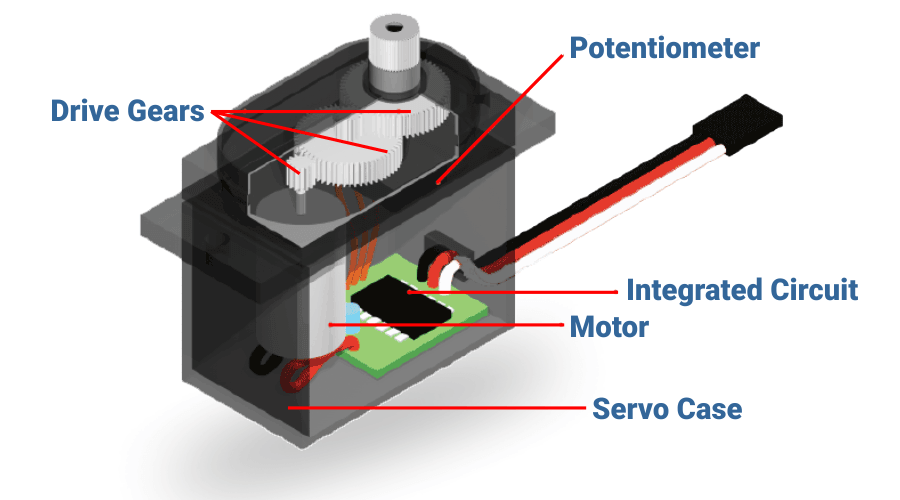
What is Servo Motor Advantages, Disadvantages Applications Robu.in
noun ser· vo· mo· tor ˈsər-vō-ˌmō-tər : a power-driven mechanism that supplements a primary control operated by a comparatively feeble force (as in a servomechanism) Examples of servomotor in a Sentence Recent Examples on the Web Our test car also suffered from an incessantly whirring servomotor.
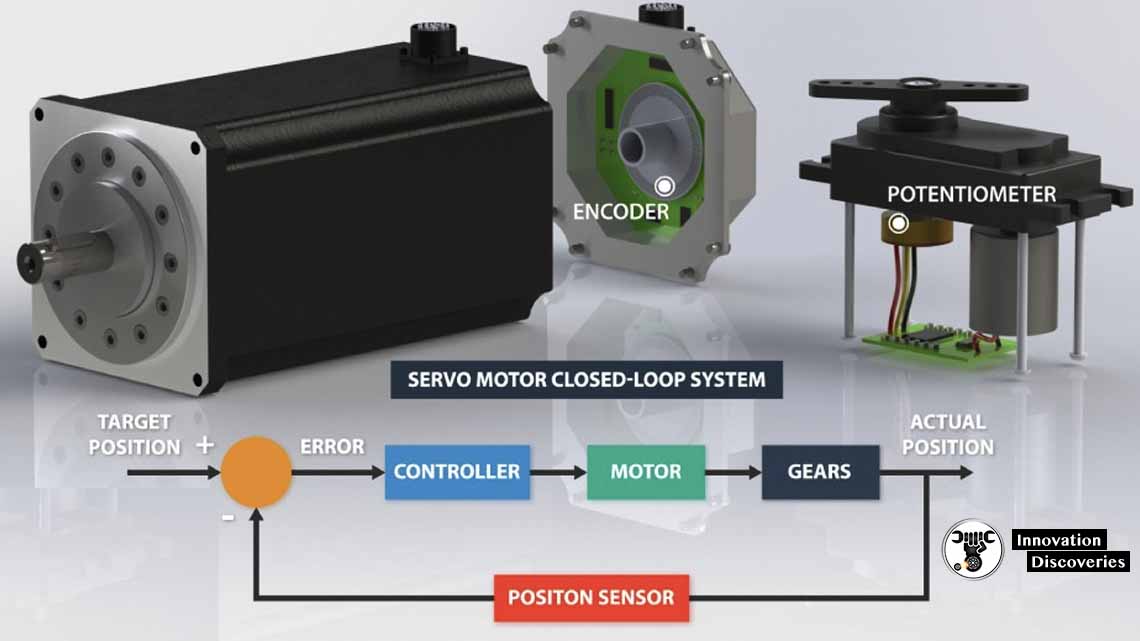
What is Servo Motor and its Types?
The term "servo" refers to the control mechanism. In terms of technology, the mechanism that performs control is called the "master" and the mechanism being controlled is called the "slave." Both terms, "servo" and "slave" derive from "servus", the Latin word for slave.

Servo motor basics. How to use servo motor YouTube
A servo motor is a type of motor that can rotate with great precision. Normally this type of motor consists of a control circuit that provides feedback on the current position of the motor shaft, this feedback allows the servo motors to rotate with great precision.

How to Control Multiple Servo Motors with Arduino
What is a servo motor? Servo motors (or servos) are self-contained electric devices (see Figure 1 below) that rotate or push parts of a machine with great precision. Servos are found in many places: from toys to home electronics to cars and airplanes.
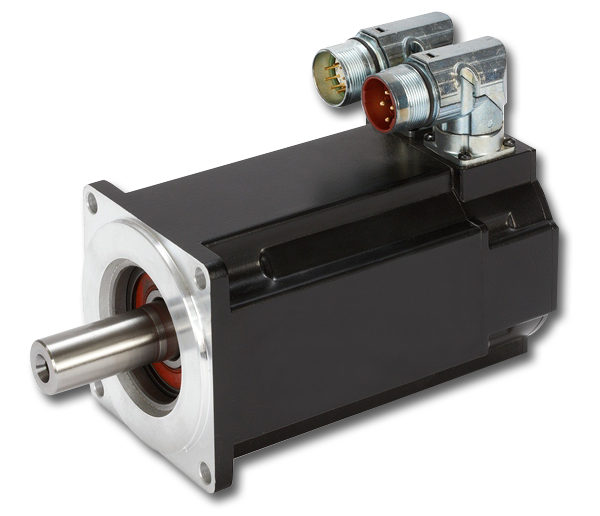
Servo Motor What type of motor is it? AC or DC, brushed or brushless....
A servo motor is a rotary actuator or motor that allows for a precise control in terms of angular position, acceleration and velocity, capabilities that a regular motor does not have. It makes use of a regular motor and pairs it with a sensor for position feedback.
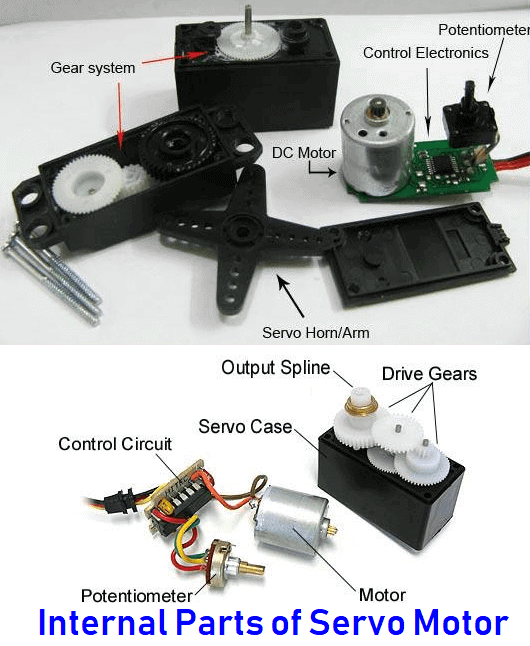
Servo Motor Types, Construction, Working, Controlling & Applications
The servo motor is an electric motor, which enables continuous determination of precise positions, speeds and torque via control electronics (servo controller).

What Is Servo Motor Working Of Servo Motor YouTube
It converts electrical energy into mechanical energy. This type of motor is used for precise control, and we can connect different attachments to achieve that. We control the position of a servo motor using a controller. So, we often find it used in robotics, automation and even the steering for remote control cars.
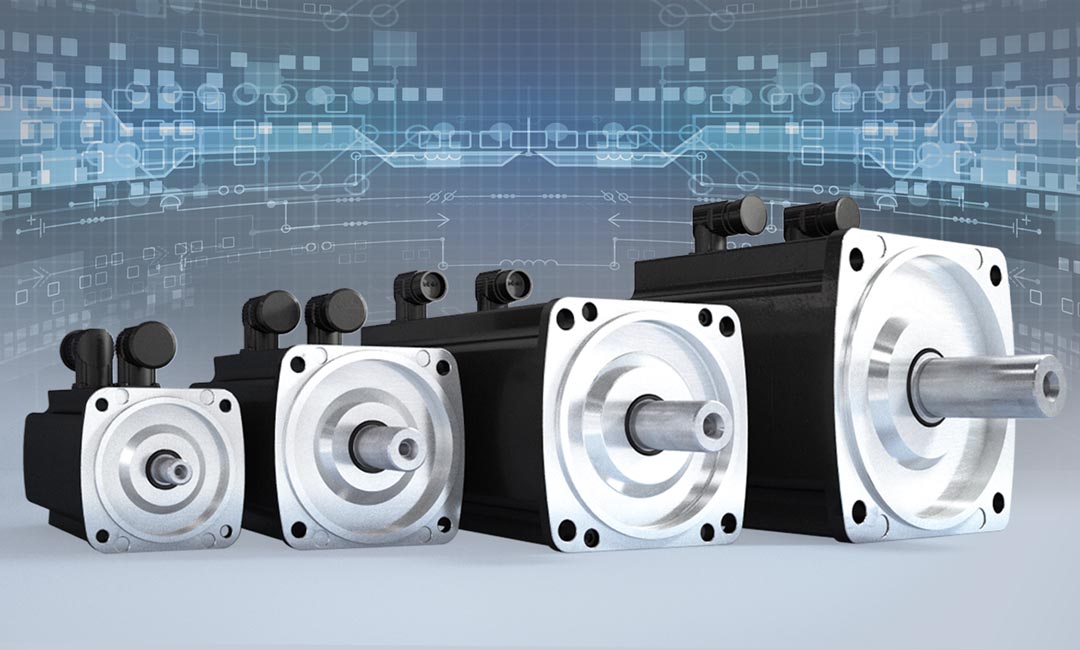
What is a servo motor? How it works & application
A servomotor (or servo motor or simply servo) [1] is a rotary or linear actuator that allows for precise control of angular or linear position, velocity, and acceleration in a mechanical system. [1] [2] It constitutes part of a servomechanism, and consists of a suitable motor coupled to a sensor for position feedback.
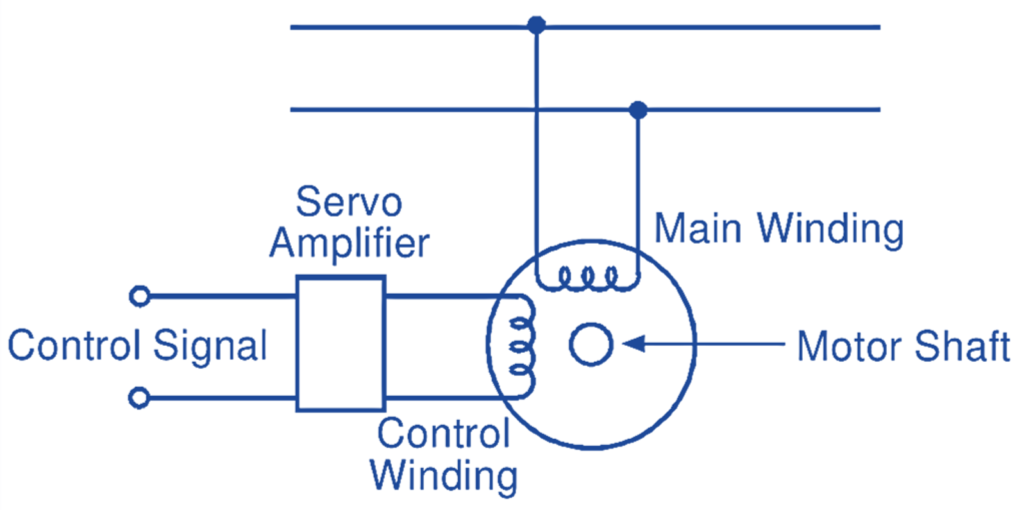
AC Servo motor Working Principle, Circuit Diagram, Construction, Characteristics
The servo motor can be rotated from 0 to 180 degrees, but up to 210 degrees depending on the manufacturer. This degree of rotation can be controlled by applying an electrical pulse of the appropriate width to its control pin. in every 20 milliseconds. 1 ms (1 millisecond) wide pulse can rotate the servo 0 degrees, 1.5 ms can rotate 90 degrees (neutral position) and 2 ms pulse can rotate 180.
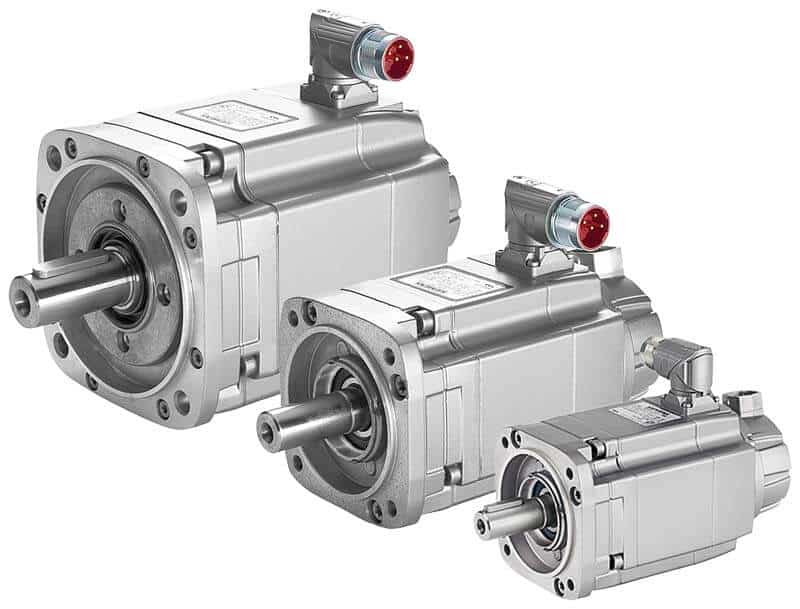
Servo Motor Types, Construction, Working, Controlling & Applications
The servo motor is a closed-loop mechanism that incorporates positional feedback in order to control the rotational or linear speed and position. The motor is controlled with an electric signal, either analog or digital, which determines the amount of movement which represents the final command position for the shaft.

What is and how does a servomotor work? Panama Hitek
A servo motor is a motor that rotates with a high degree of precision. Servo motors frequently have a control circuit that provides feedback on the present position of the motor shaft, allowing them to revolve with great precision. Servo motors are utilized in a variety of industries and offer a number of benefits, as we've already described.

Basics of Servo motor, it's advantages and disadvantages Electrical Industrial Automation
Essentially, a servo is any motor-driven system with a feedback element built in. Servos are found everywhere from heavy machinery, to power steering in vehicles, to robotics and a wide variety of electronics. Here we take a look at the three main servo sizes, and a couple of quick and simple builds to demonstrate what servos can do.

What is a Servo Motor and How it Works? YouTube
A servo motor is a rotary or linear actuator that allows for precise control of angular position. It consists of a motor coupled to a sensor for position feedback. It also requires a servo drive to complete the system. The drive uses the feedback sensor to precisely control the position, speed or velocity of the motor. How Does a Servo Motor Work?
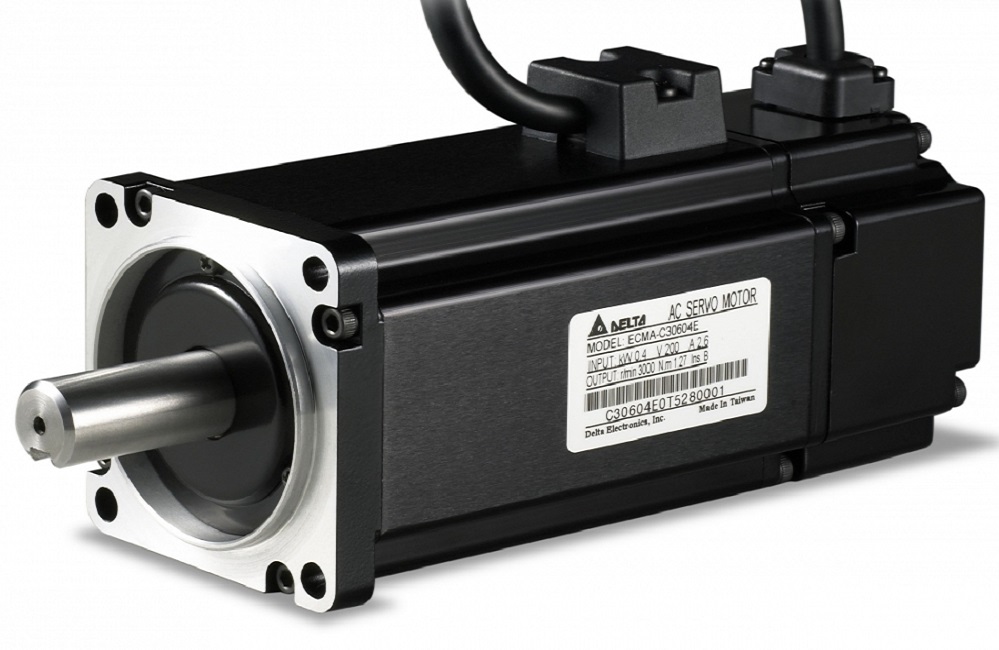
Types of Servo Motors and Their Working Principles Linquip
A servo motor is defined as an electric motor that allows for precise control of angular or linear position, speed, and torque. It consists of a suitable motor coupled to a sensor for position feedback and a controller that regulates the motor's movement according to a desired setpoint.

What is servo motor definition working and types Artofit
In mechanical and control engineering, a servomechanism (also called servo system, or simply servo) is a control system for the position and its time derivatives, such as velocity, of a mechanical system. It often includes a servomotor, and uses closed-loop control to reduce steady-state error and improve dynamic response. [1]